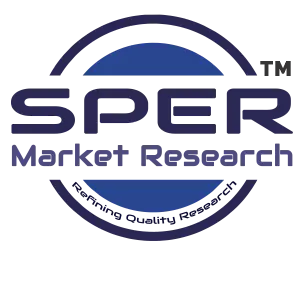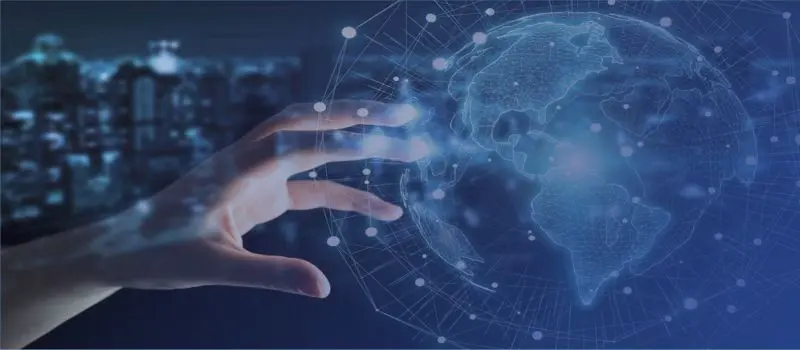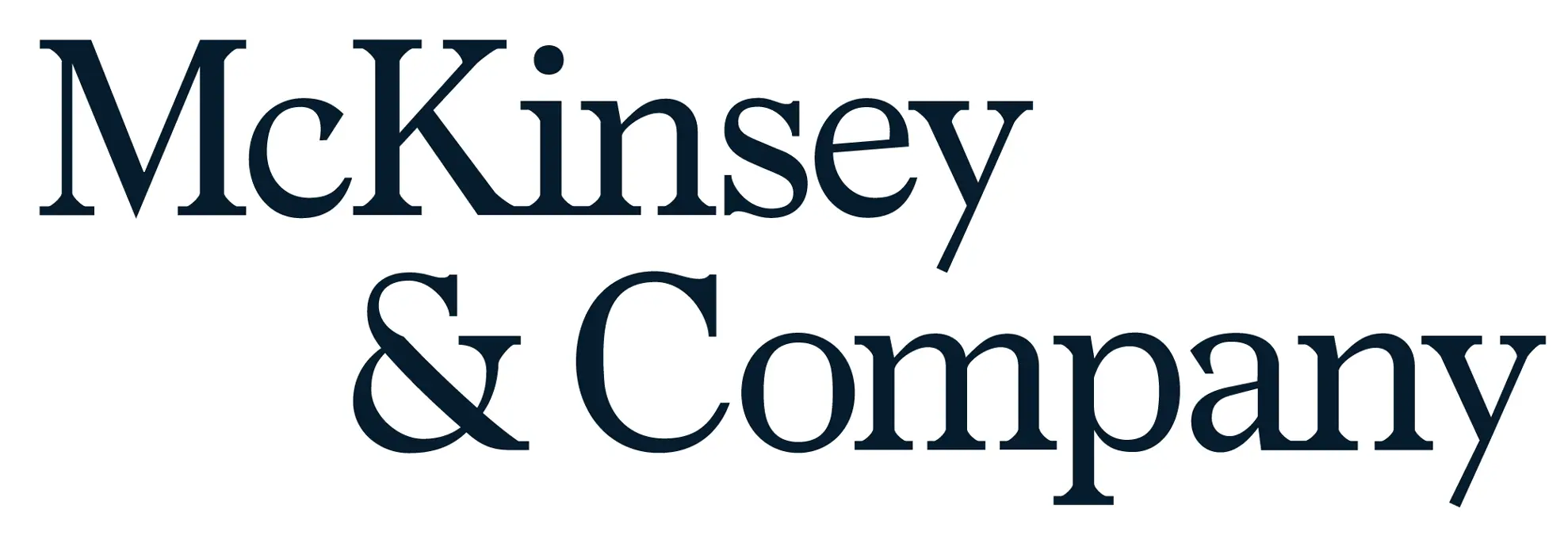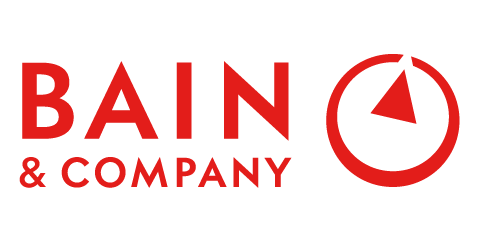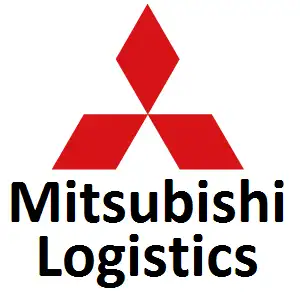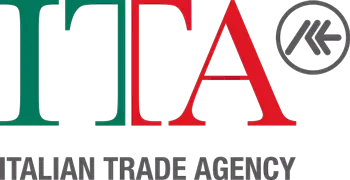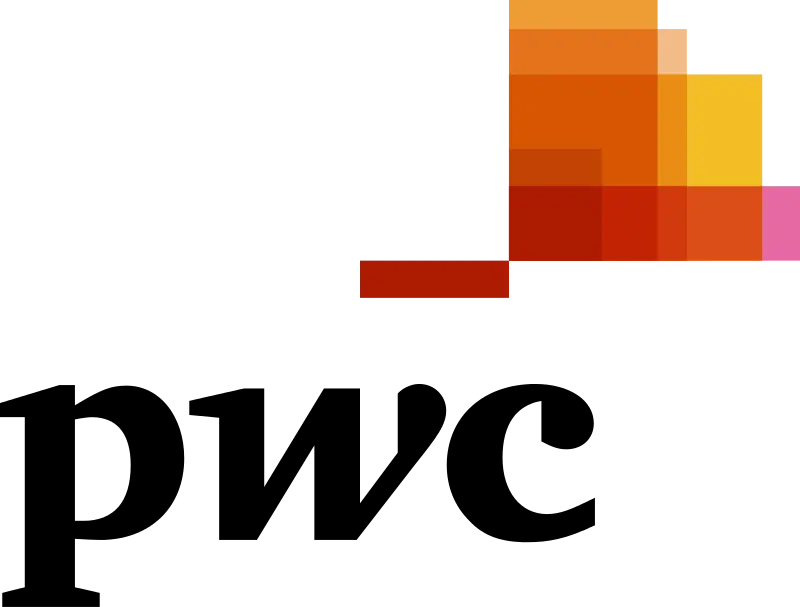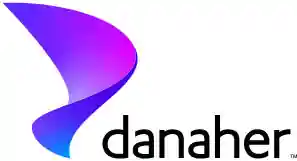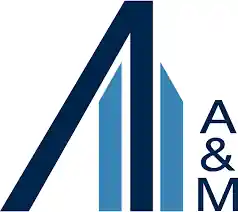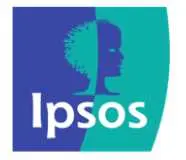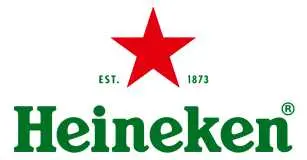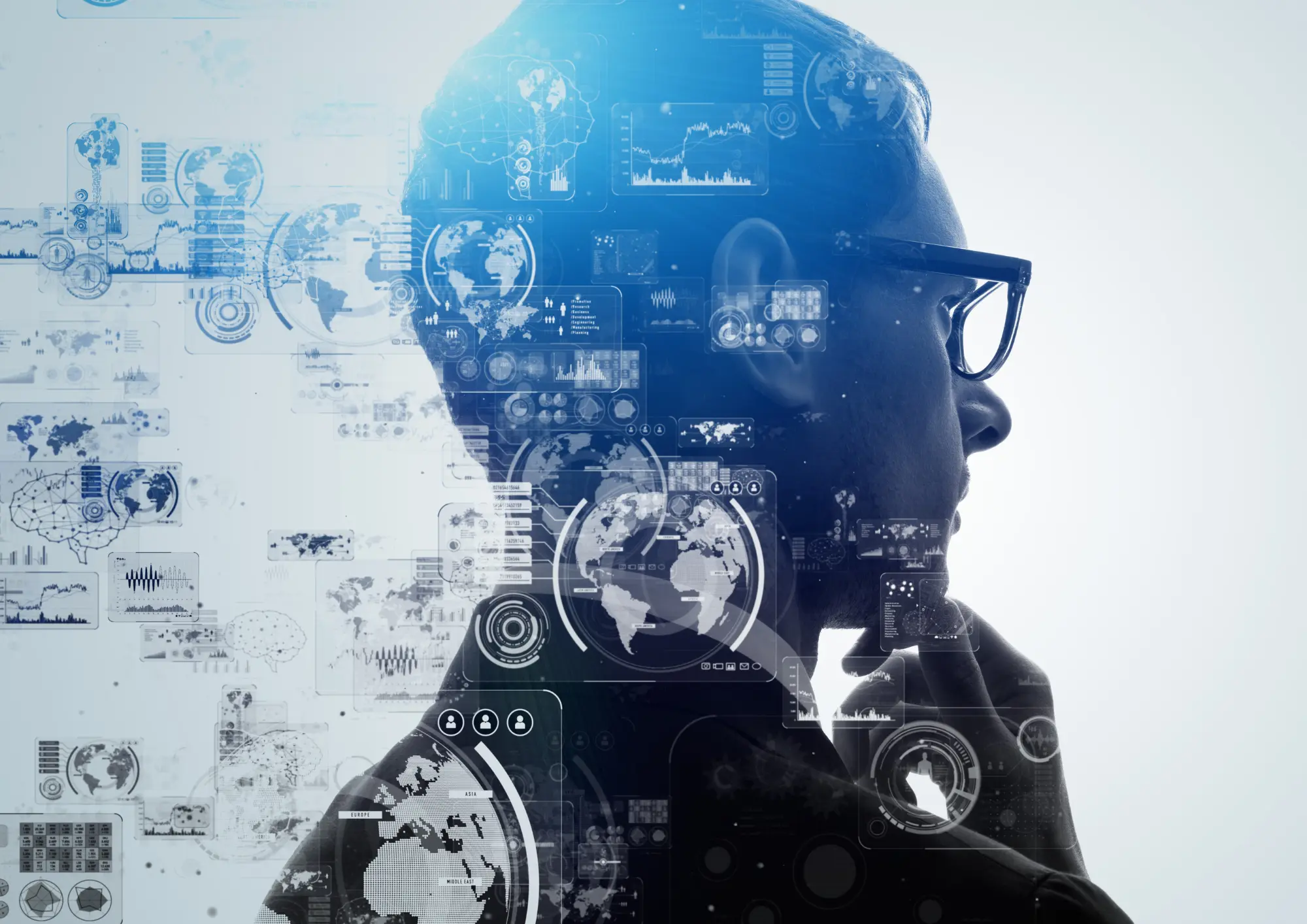
Biosensors Market Size, Growth Trends and Future Scope 2034
Global Biosensors Market Growth, Size, Trends Analysis – By Technology, By Application, By End User- Regional Outlook, Competitive Strategies and Segment Forecast to 2034
| Published: Jul-2025 | Report ID: BIOT2501 | Pages: 1 - 232 | Formats*: |
| Category : Biotechnology | |||
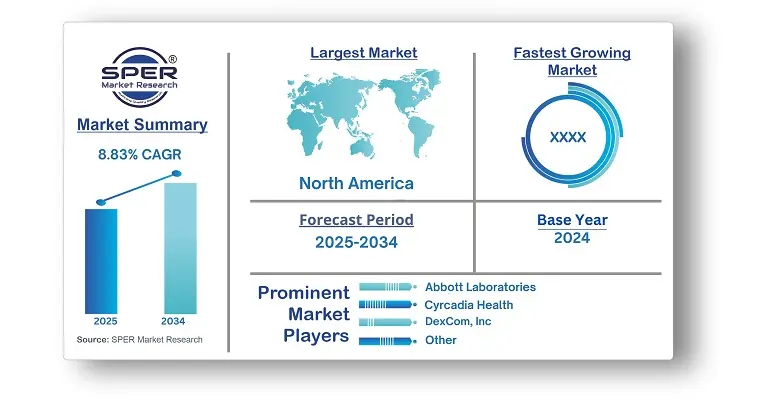
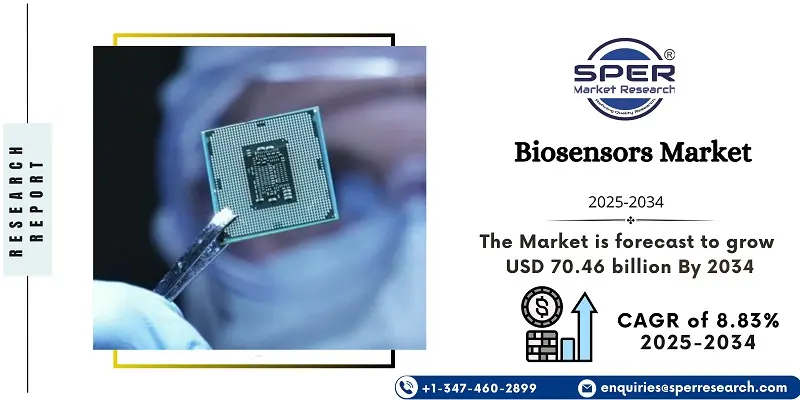
- In April 2025, Abbott announced a strategic $500 million investment to expand manufacturing and R&D facilities in Illinois and Texas, specifically bolstering its transfusion and blood/plasma screening operations. The projects, expected to launch by the end of 2025, are set to create around 300 new jobs and help offset global tariff pressures.
- In January 2023, Nutrien Corporation announced the establishment of a Biosensor Center of Excellence (CoE), aimed at enhancing vertical integration across its operations. This strategic initiative is designed to strengthen the company's capabilities in developing and supplying advanced biosensors for use in medical devices. The center will focus on innovation, streamlined production, and improved performance of biosensor technologies, supporting the company's goal of delivering more efficient and integrated healthcare solutions.
| Report Metric | Details |
| Market size available for years | 2021-2034 |
| Base year considered | 2024 |
| Forecast period | 2025-2034 |
| Segments covered | By Technology, By Application, By End User |
| Regions covered | North America, Latin America, Asia-Pacific, Europe, and Middle East & Africa |
| Companies Covered | Abbott Laboratories, Biosensors International Group, Cyrcadia Health, DexCom, Inc, Dupont, F. Hoffmann-La Roche AG, Johnson & Johnson Services, Inc, Lifescan, Medtronic, Metrohm AG, Nix Biosensors, Pinnacle Technology, Inc, Sensirion AG, Siemens Healthineers, Thermo Fisher Scientific, Inc, Universal Biosensors, Inc, Zimmer & Peacock AS. |
- Global Biosensors Market Size (FY’2021-FY’2034)
- Overview of Global Biosensors Market
- Segmentation of Global Biosensors Market by Technology (Thermal, Electrochemical, Piezoelectric, Optical)
- Segmentation of Global Biosensors Market by Application (Medical, Food Toxicity, Bioreactor, Agriculture, Environment, Others)
- Segmentation of Global Biosensors Market by End User (Home Healthcare Diagnostics, POC Testing, Food Industry, Research Laboratories, Security and Bio-Defence)
- Statistical Snap of Global Biosensors Market
- Expansion Analysis of Global Biosensors Market
- Problems and Obstacles in Global Biosensors Market
- Competitive Landscape in the Global Biosensors Market
- Details on Current Investment in Global Biosensors Market
- Competitive Analysis of Global Biosensors Market
- Prominent Players in the Global Biosensors Market
- SWOT Analysis of Global Biosensors Market
- Global Biosensors Market Future Outlook and Projections (FY’2025-FY’2034)
- Recommendations from Analysts
- 1.1. Scope of the report
- 1.2. Market segment analysis
- 2.1. Research data source
- 2.1.1. Secondary Data
- 2.1.2. Primary Data
- 2.1.3. SPERs internal database
- 2.1.4. Premium insight from KOLs
- 2.2. Market size estimation
- 2.2.1. Top-down and Bottom-up approach
- 2.3. Data triangulation
- 4.1. Driver, Restraint, Opportunity and Challenges analysis
- 4.1.1. Drivers
- 4.1.2. Restraints
- 4.1.3. Opportunities
- 4.1.4. Challenges
- 5.1. SWOT Analysis
- 5.1.1. Strengths
- 5.1.2. Weaknesses
- 5.1.3. Opportunities
- 5.1.4. Threats
- 5.2. PESTEL Analysis
- 5.2.1. Political Landscape
- 5.2.2. Economic Landscape
- 5.2.3. Social Landscape
- 5.2.4. Technological Landscape
- 5.2.5. Environmental Landscape
- 5.2.6. Legal Landscape
- 5.3. PORTERs Five Forces
- 5.3.1. Bargaining power of suppliers
- 5.3.2. Bargaining power of buyers
- 5.3.3.Threat of Substitute
- 5.3.4.Threat of new entrant
- 5.3.5. Competitive rivalry
- 5.4. Heat Map Analysis
- 6.1. Global Biosensors Market Manufacturing Base Distribution, Sales Area, Product Type
- 6.2. Mergers & Acquisitions, Partnerships, Product Launch, and Collaboration in Global Biosensors Market
- 7.1. Thermal
- 7.2. Electrochemical
- 7.3. Piezoelectric
- 7.4. Optical
- 8.1. Medical
- 8.2. Food Toxicity
- 8.3. Bioreactor
- 8.4. Agriculture
- 8.5. Environment
- 8.6. Others
- 9.1. Home Healthcare Diagnostics
- 9.2. POC Testing
- 9.3. Food Industry
- 9.4. Research Laboratories
- 9.5. Security and Bio-Defence
- 10.1. Global Biosensors Market Size and Market Share
- 11.1. Asia-Pacific
- 11.1.1. Australia
- 11.1.2. China
- 11.1.3. India
- 11.1.4. Japan
- 11.1.5. South Korea
- 11.1.6. Rest of Asia-Pacific
- 11.2. Europe
- 11.2.1. France
- 11.2.2. Germany
- 11.2.3. Italy
- 11.2.4. Spain
- 11.2.5. United Kingdom
- 11.2.6. Rest of Europe
- 11.3. Middle East and Africa
- 11.3.1. Kingdom of Saudi Arabia
- 11.3.2. United Arab Emirates
- 11.3.3. Qatar
- 11.3.4. South Africa
- 11.3.5. Egypt
- 11.3.6. Morocco
- 11.3.7. Nigeria
- 11.3.8. Rest of Middle-East and Africa
- 11.4. North America
- 11.4.1. Canada
- 11.4.2. Mexico
- 11.4.3. United States
- 11.5. Latin America
- 11.5.1. Argentina
- 11.5.2. Brazil
- 11.5.3. Rest of Latin America
- 12.1. Abbott Laboratories
- 12.1.1. Company details
- 12.1.2. Financial outlook
- 12.1.3. Product summary
- 12.1.4. Recent developments
- 12.2. Biosensors International Group
- 12.2.1. Company details
- 12.2.2. Financial outlook
- 12.2.3. Product summary
- 12.2.4. Recent developments
- 12.3. Cyrcadia Health
- 12.3.1. Company details
- 12.3.2. Financial outlook
- 12.3.3. Product summary
- 12.3.4. Recent developments
- 12.4. DexCom, Inc
- 12.4.1. Company details
- 12.4.2. Financial outlook
- 12.4.3. Product summary
- 12.4.4. Recent developments
- 12.5. Dupont
- 12.5.1. Company details
- 12.5.2. Financial outlook
- 12.5.3. Product summary
- 12.5.4. Recent developments
- 12.6. F. Hoffmann-La Roche AG
- 12.6.1. Company details
- 12.6.2. Financial outlook
- 12.6.3. Product summary
- 12.6.4. Recent developments
- 12.7. Johnson & Johnson Services, Inc
- 12.7.1. Company details
- 12.7.2. Financial outlook
- 12.7.3. Product summary
- 12.7.4. Recent developments
- 12.8. Lifescan
- 12.8.1. Company details
- 12.8.2. Financial outlook
- 12.8.3. Product summary
- 12.8.4. Recent developments
- 12.9. Medtronic
- 12.9.1. Company details
- 12.9.2. Financial outlook
- 12.9.3. Product summary
- 12.9.4. Recent developments
- 12.10. Metrohm AG
- 12.10.1. Company details
- 12.10.2. Financial outlook
- 12.10.3. Product summary
- 12.10.4. Recent developments
- 12.11. Nix Biosensors
- 12.11.1. Company details
- 12.11.2. Financial outlook
- 12.11.3. Product summary
- 12.11.4. Recent developments
- 12.12. Pinnacle Technology, Inc
- 12.12.1. Company details
- 12.12.2. Financial outlook
- 12.12.3. Product summary
- 12.12.4. Recent developments
- 12.13. Sensirion AG
- 12.13.1. Company details
- 12.13.2. Financial outlook
- 12.13.3. Product summary
- 12.13.4. Recent developments
- 12.14. Siemens Healthineers
- 12.14.1. Company details
- 12.14.2. Financial outlook
- 12.14.3. Product summary
- 12.14.4. Recent developments
- 12.15. Thermo Fisher Scientific, Inc
- 12.15.1. Company details
- 12.15.2. Financial outlook
- 12.15.3. Product summary
- 12.15.4. Recent developments
- 12.16. Universal Biosensors, Inc
- 12.16.1. Company details
- 12.16.2. Financial outlook
- 12.16.3. Product summary
- 12.16.4. Recent developments
- 12.17. Zimmer & Peacock AS
- 12.17.1. Company details
- 12.17.2. Financial outlook
- 12.17.3. Product summary
- 12.17.4. Recent developments
- 12.18. Others
SPER Market Research’s methodology uses great emphasis on primary research to ensure that the market intelligence insights are up to date, reliable and accurate. Primary interviews are done with players involved in each phase of a supply chain to analyze the market forecasting. The secondary research method is used to help you fully understand how the future markets and the spending patterns look likes.
The report is based on in-depth qualitative and quantitative analysis of the Product Market. The quantitative analysis involves the application of various projection and sampling techniques. The qualitative analysis involves primary interviews, surveys, and vendor briefings. The data gathered as a result of these processes are validated through experts opinion. Our research methodology entails an ideal mixture of primary and secondary initiatives.
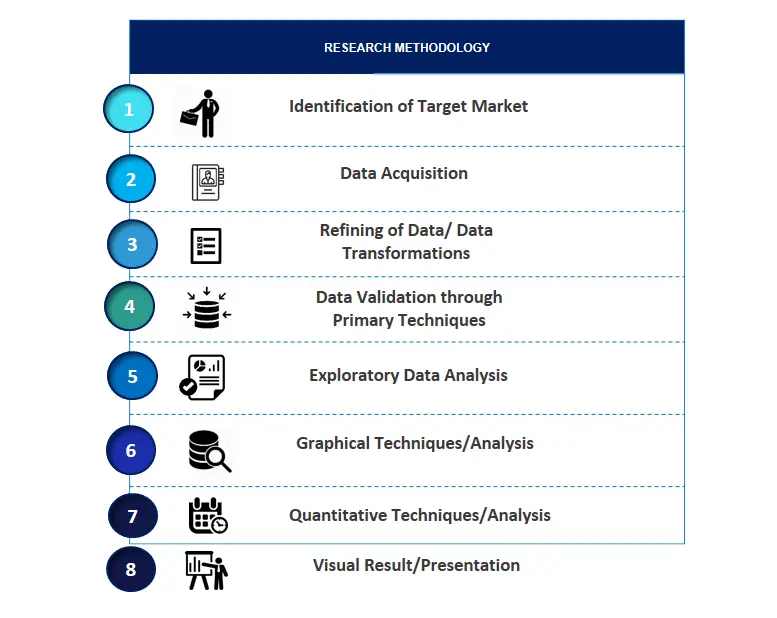
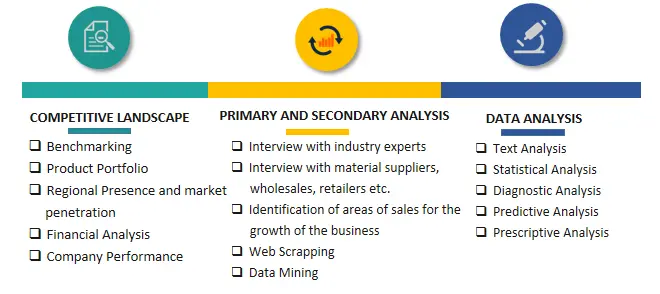

Frequently Asked Questions About This Report
PLACE AN ORDER
Year End Discount
Sample Report
Pre-Purchase Inquiry
NEED CUSTOMIZATION?
Request CustomizationCALL OR EMAIL US
100% Secure Payment
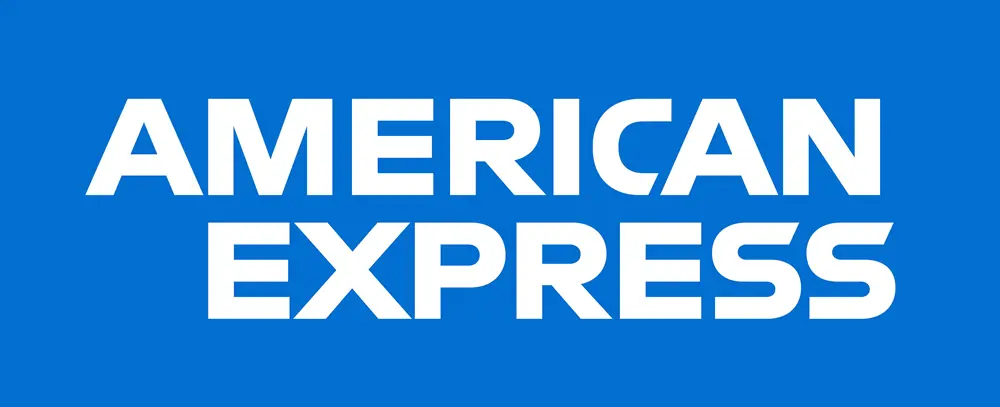
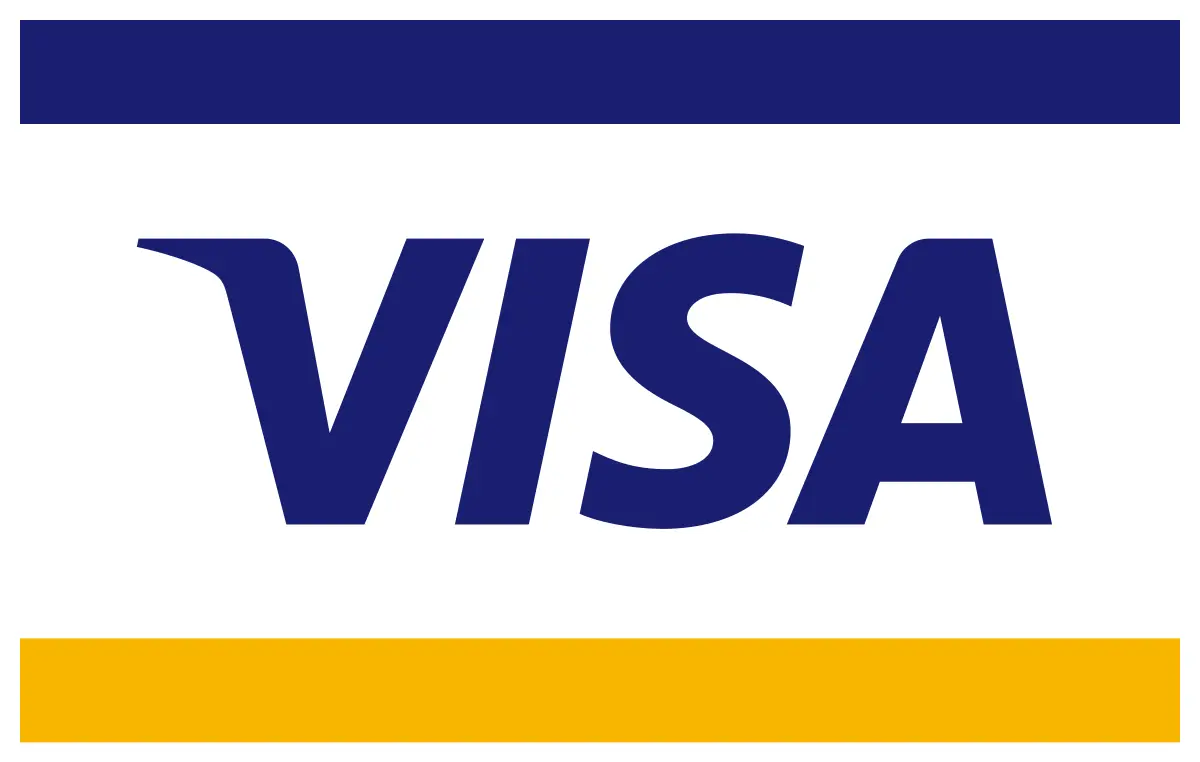




Related Reports
Our Global Clients
Our data-driven insights have influenced the strategy of 200+ reputed companies across the globe.

